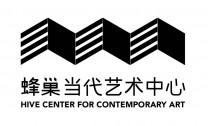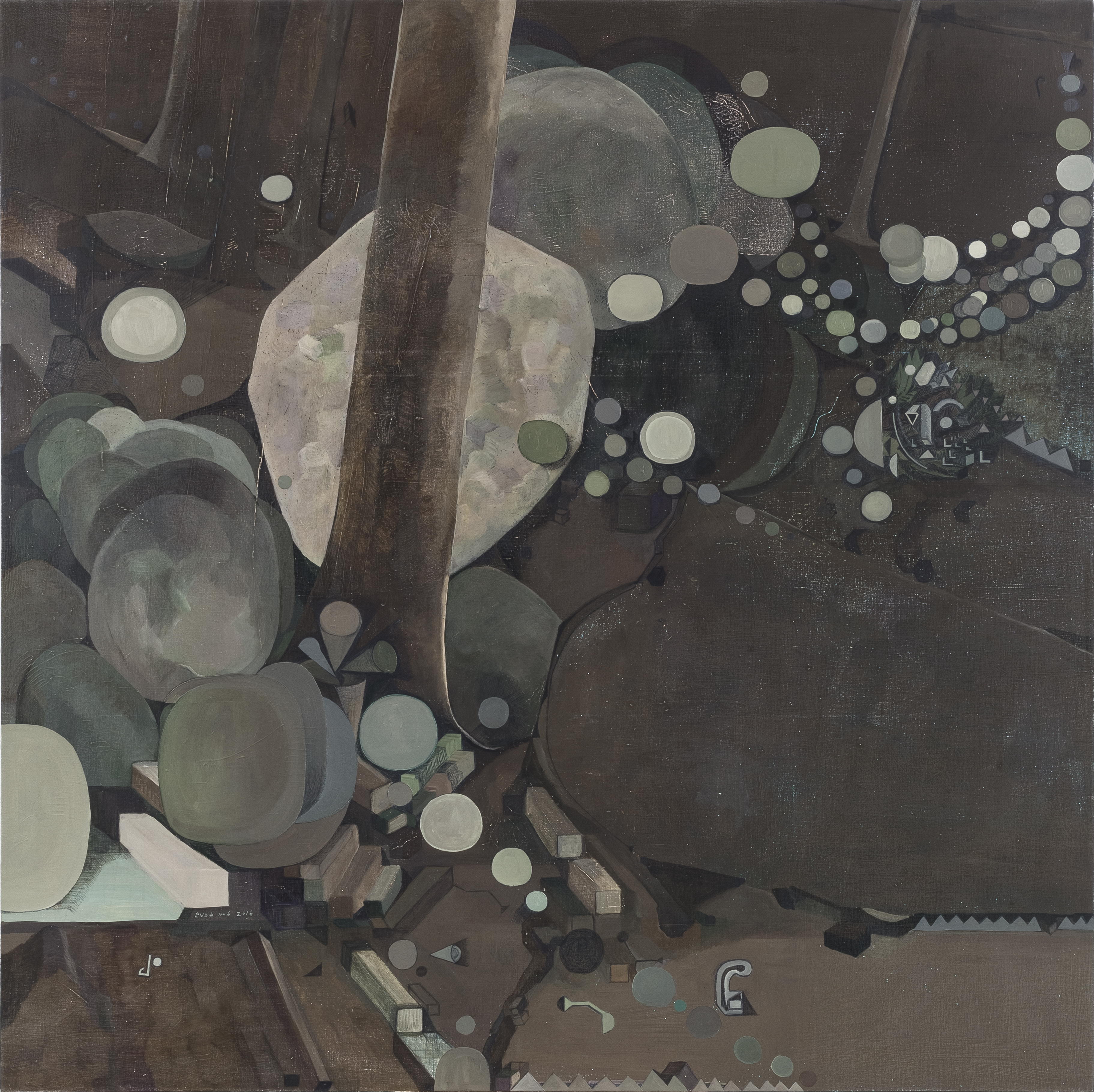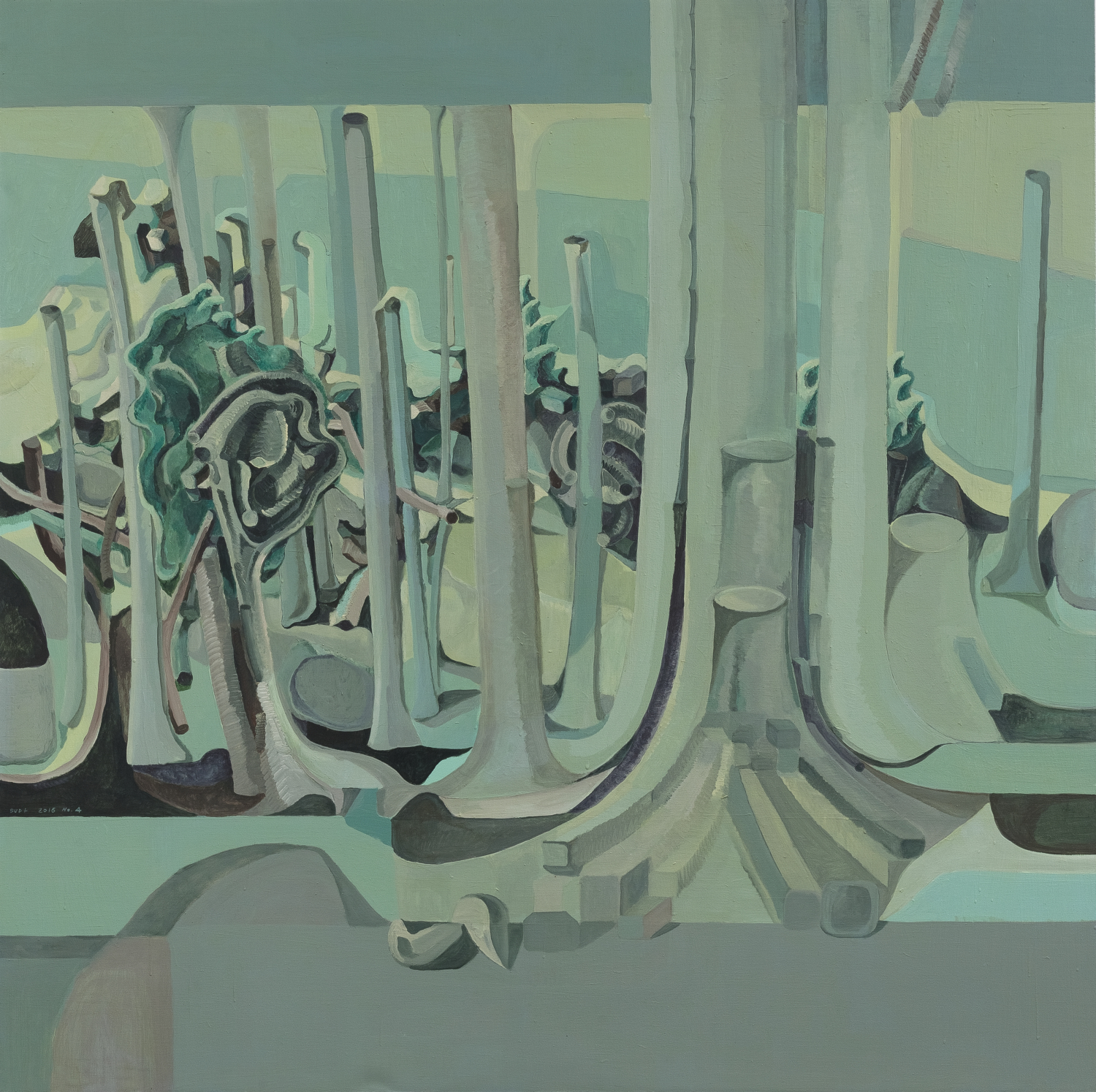- 资质:诚 艺
- 评分:
1分 2分 3分 4分 5分 6分 7分 8分 9分 10分 8.4分
- 印象:
- 经营时间:17年
- 展厅面积:
- 地 区:北京-朝阳
卜镝 2016
- 展览时间:2016-09-30 - 2016-11-03
- 展览城市:北京-朝阳
- 展览地点:蜂巢当代艺术中心
- 策 展 人:
- 参展人员:
展览介绍
卜镝 2016
Bu Di 2016
艺术家| Artist:卜镝 | Bu Di
开幕时间 | Opening:2016.9.30 16:00
展览时间 | Exhibition Dates:9.30.2016 - 11.3.2016
蜂巢当代艺术中心荣幸地宣布,2016年9月30日至11月3日将于A厅举办“卜镝2016”个展,集中呈现卜镝近两年钻研绘画语言的新作。
卜镝,生于1970年,自幼随父习画,受益终生。九岁时出版了第一本中国儿童画集,十六岁时在香港展览中心举办了对儿童及少年时期绘画创作的回顾展览。他也曾经历过一定程度的学院式训练,但禀赋让他与当时推崇的苏派绘画与现实主义艺术趣味保持了距离。西方现代主义绘画传统和古美术鉴赏的历练同时影响了卜镝;近几年,卜镝更专注于将自己对东方文化及艺术的理解及感悟用架上绘画的形式创作表现出来。
卜镝几年前的绘画以密显著,少见疏朗,画中事物互相靠拢、分歧、交错;观看他这个时期的作品,犹如步入奇珍丛生的园林,他在局部造景,然后渐渐蔓延,那些天真奇妙之物在一个互相啮合的关系之中生发出来。园中的花卉、晶体、松叶、顽石、枯朽、光线、湖水丛丛掩映,恰似伴随着像火花迸溅的叮叮咚咚声。这些奇异风景自然与我们的日常周遭无涉,他的绘画使得我们瞥见心内世界,却又不受制于自我所携带的现实。
在卜镝的新作中,他有意否定熟练和自如,让画笔“缓滞”下来,改繁为简。试图摆脱造境、雕琢,转而钻研绘画的语言运作。新作的画面质感开始在一种层层叠加之中浮现,表层色彩附着于底层画面之上,更改的痕迹有序地组成于绘画结构之中,底层的内容不时显露,由此在风景中趋向于抽象的趣味。画面上依稀可辨垂柳、山石、单纯色块、几何体⋯⋯但它们不是在塑造风景的逻辑下组织起来,而是如弗洛依德所言“对于这些人,意义并不重要。他们只对线条、形状和轮廓的和谐感兴趣”。卜镝新作中富有抽象意味的风景并非取法自然事物,画面的生成不在于描摹现实情状,而是经由文本到文本,借物形来实现绘画语言的拼贴和融合。
融合来自不同文化语境的绘画语言,绝非容易,而取法不仅与禀赋相关,也关涉于画家对绘画语言之现代性的独到理解。卜镝一方面借鉴了年少时既影像他的现代主义绘画传统重新锻造绘画语言;另一方面,多年的古美术鉴赏历练,也使得卜镝能够持续地在中国古典绘画传统当中学习。卜镝深谙绘画生成的内在动力与机趣,他将手与眼(鉴赏)真正结合起来,领会到东西绘画之殊途同归。
Hive Center for Contemporary Art is honored to announce the opening of Bu Di 2016 solo exhibition, which will launch at 4:00p.m. on 30 Sept. 2016. The exhibition will show Bu Di's recent works, and will last until Nov. 3, 2016.
Bu Di, born in 1970, started learning painting from his father since childhood, and earned a fair bit of acclaim in his youth. He did receive a certain amount of academy training, but his natural strengths seemed incompatible with it. He naturally kept his distance from the then-dominant Soviet School and realism. After growing up, Bu Di never considered himself a professional artist. Instead, he became an expert on the appraisal of ancient art and artifacts, while also working in design. It is only in the past ten years that he returned to a total focus on painting.
We rarely see sparseness in his earlier paintings. They are mostly marked by their density. The things in the paintings come together, split apart, and interlock, constantly tipping the balance as the painting progresses. Looking at Bu Di’s works from recent years is like strolling into a garden overgrown with curiosities. The visitor's gaze and steps can never stay still, as if they have entered into a boundless dream realm. It feels like there is a host politely urging you on from one illusion to the next. The flowers, crystals, pine needles, boulders, thickets, lighting and water all shine off each other, accompanied by a crackle like distant fireworks. These magical scenes are naturally unrelated to our everyday surroundings. His paintings lead us to see our inner worlds, but in a way that is not limited by the realities we bring with us.
There has been an extreme shift in his latest works. He has intentionally rejected proficiency and smoothness, and slowed down his brush, turning the complex into the simple. He attempts to escape formation and refinement, and has turned instead to the operations of the language of painting. The texture of the new paintings begins to emerge through layers of accumulation, the surface colors applied to the base. The traces of alteration are arranged in an orderly fashion into the structure of the painting, with the content from the base occasionally being revealed. This brings abstract leanings to a landscape scene. The viewer can still barely make out willow branches, boulders, pure color fields and geometric shapes, but they are not arranged through the logic of the landscape’s modeling. Instead, as Freud said, “for these people, meaning does not matter. They are only interested in the harmony between lines, shapes and borders.”The richly abstract landscapes in Bu Di's recent works are not derived directly from nature. His paintings are not generated through the imitation of objects in real life, but go from text to text, drawing from material appearance to realize combination and fusion in the language of painting.
The fusion of painting languages from different cultural contexts is no simple task. His choice of sources is not simply based on his strengths; it also touches on the painter's unique understanding of modernity in painting language. Here we see the vestiges of the modernist painting tradition that influenced Bu Di in his childhood. Or perhaps we could say he is drawing from this nourishment to mold and temper his painting language. Many years practicing the appraisal of ancient art has meant that Bu Di has long studied Chinese classical painting traditions. Bu Di is steeped in the internal momentum and interests that drive painting, and truly integrated his hands and his eyes ( as an expert on the appraisal of art), and has gained insight into the different routes and similar ends of Eastern and Western painting.

 黄琦
黄琦 测试用艺术
测试用艺术









